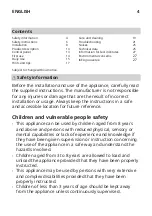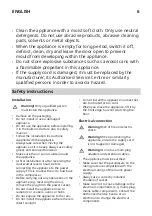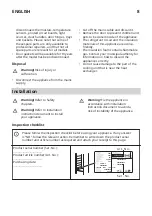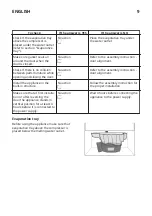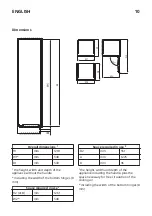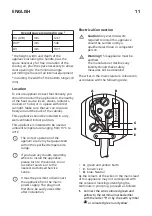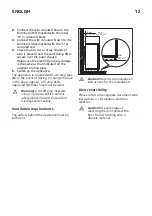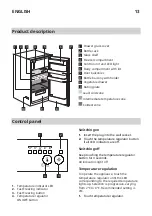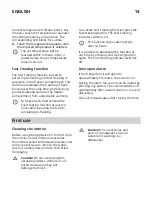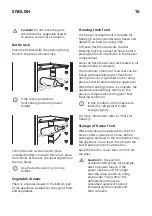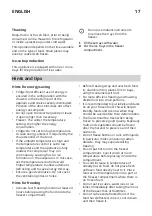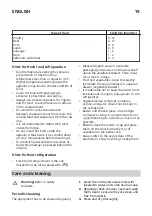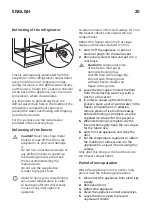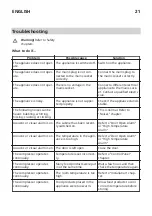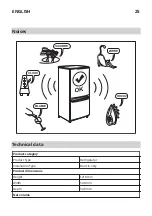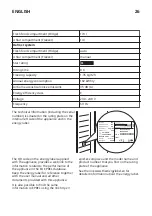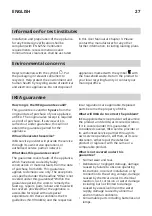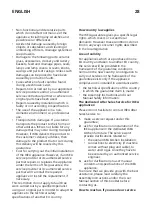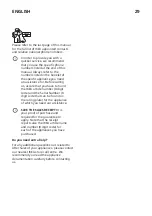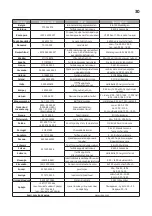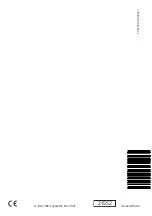
Hints for storage of frozen food
• Freezer compartment is the one marked
with
.
• The medium temperature setting ensures
good preservation of frozen food
products.
Higher temperature setting inside the
appliance may lead to shorter shelf life.
• The whole freezer compartment is
suitable for storage of frozen food
products.
• Leave enough space around the food to
allow air to circulate freely.
• For adequate storage refer to food
packaging label to see the shelf life of
food.
• It is important to wrap the food in such a
way that prevents water, humidity or
condensation from getting inside.
Shopping tips
After grocery shopping:
• Ensure that the packaging is not
damaged - the food could be
deteriorated. If the package is swollen or
wet, it might have not been stored in the
optimal conditions and defrosting may
have already started.
• To limit the defrosting process buy frozen
goods at the end of your grocery
shopping and transport them in a
thermal and insulated cool bag.
• Place the frozen foods immediately in the
freezer after coming back from the shop.
• If food has defrosted even partially, do
not re-freeze it. Consume it as soon as
possible.
• Respect the expiry date and the storage
information on the package.
Shelf life for freezer compartment
Type of food
Shelf life (months)
Bread
3
Fruits (except citrus)
6 - 12
Vegetables
8 - 10
Leftovers without meat
1 - 2
Dairy food:
Butter
Soft cheese (e.g. mozzarella)
Hard cheese (e.g. parmesan, cheddar)
6 - 9
3 - 4
6
Seafood:
Fatty fish (e.g. salmon, mackerel)
Lean fish (e.g. cod, flounder)
Shrimps
Shucked clams and mussels
Cooked fish
2 - 3
4 - 6
12
3 - 4
1 - 2
Meat:
ENGLISH
18
Summary of Contents for FORKYLD
Page 1: ...F RKYLD GB...
Page 3: ...ENGLISH 4...
Page 31: ......
Page 32: ...211627851 B 492021 Inter IKEA Systems B V 2021 21552 AA 2242200 3...

